
How AI fuels research, discovery, and innovation
This year’s EMBL Corporate Partnership Programme annual meeting connected EMBL scientists with industry representatives to talk about AI and life sciences research.
CONNECTIONS2025
connections
Showing results out of

This year’s EMBL Corporate Partnership Programme annual meeting connected EMBL scientists with industry representatives to talk about AI and life sciences research.
CONNECTIONS2025
connections
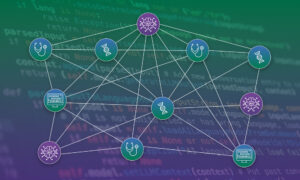
Introducing an open-source large language model (LLM) framework designed for custom biomedical research.
SCIENCE & TECHNOLOGY2025
research-highlightsscience-technology
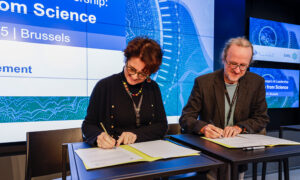
Memorandum of Understanding between EMBL and ELLIS will drive AI in European life science research, training, and technology. The strategic partnership will promote interdisciplinary training and develop innovative projects that address pressing challenges in human and planetary health.
CONNECTIONS2025
connections
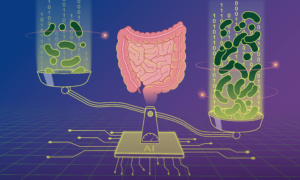
Scientists have developed a new machine-learning model to predict microbial load — the density of microbes in our guts — and used it to demonstrate how microbial load plays an important role in disease-microbiome associations.
SCIENCE & TECHNOLOGY2024
science-technology
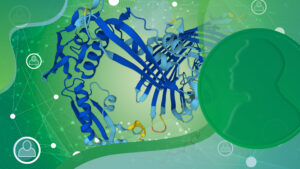
Creators of AI system AlphaFold receive 2024 Nobel Prize for Chemistry.
SCIENCE & TECHNOLOGY2024
sciencescience-technology

The prize was awarded to John J. Hopfield, Princeton University, USA, and Geoffrey Hinton, University of Toronto, Canada, for their seminal contributions to the foundational methods that enabled the development of machine learning.
SCIENCE & TECHNOLOGY2024
science-technology
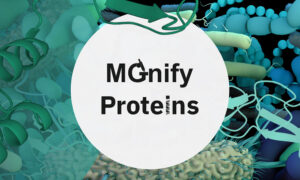
EMBL-EBI’s microbiome data resource MGnify produces a valuable trove of protein sequence data through its ongoing analysis of microbiome derived data. Two new MGnify Proteins web resources make this dataset easily accessible and searchable, both for large queries across the entire database…
2024
updates-from-data-resources
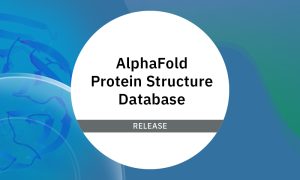
Traditional sequence search methods are fast and efficient but rely solely on comparing amino acid sequences. This approach can miss crucial insights because proteins with similar functions can have vastly different sequences. Although their sequences have diverged, these proteins often retain 3D…
2024
updates-from-data-resources
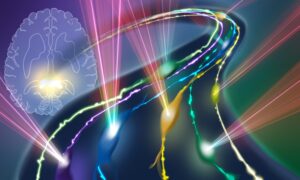
An AI-enhanced advanced microscopy approach offers promise in better understanding glioblastomas, one of the deadliest brain cancers.
SCIENCE & TECHNOLOGY2024
science-technology
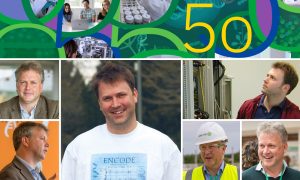
Ewan Birney reflects on his time at EMBL and the development of the organisation through a commitment to open data and nurturing scientific talent.
PEOPLE & PERSPECTIVES2024
people-perspectivesperspectives
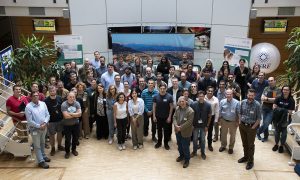
EMBL Grenoble and the ESRF hosted a workshop bringing together representatives from research and industry to discuss the ever-growing role of artificial intelligence in the field of structural biology.
CONNECTIONS2024
connections
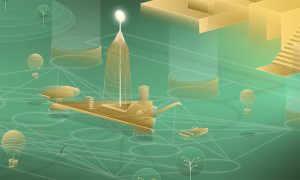
A recent EMBO | EMBL conference provided a forum for researchers to share how AI is making a difference in biology and bioinformatics.
SCIENCE & TECHNOLOGY2024
science-technology
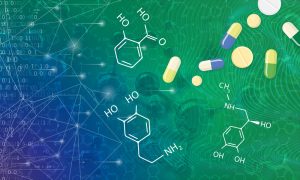
AI annotations added to the SureChEMBL database increase the depth of data made available to users.
2024
sciencetechnology-and-innovation

Team Leader Sameer Velankar on why accessible training is key for AlphaFold and AI tools more generally.
PEOPLE & PERSPECTIVES2024
people-perspectivesperspectivesscience

Streamlining proteomics data access for machine learning applications.
2024
sciencetechnology-and-innovation
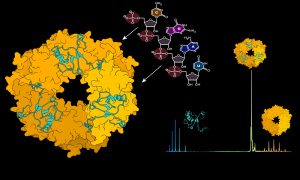
The Kosinski Group at EMBL Hamburg collaborated with other groups in Hamburg to reveal critical steps in Lassa virus ribonucleoparticle assembly and recruitment, and the crucial role played by RNA in in the Lassa virus life cycle.
SCIENCE & TECHNOLOGY2023
sciencescience-technology
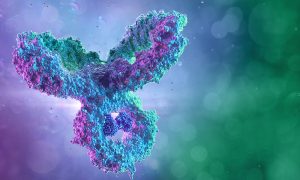
Former EMBL staff scientist founds a start-up – DenovAI – for broader, faster and cheaper antibody discovery using advanced machine learning and computational biophysics.
SCIENCE & TECHNOLOGY2023
sciencescience-technology

EMBL scientist Oliver Stegle explains how AI-based tools have the potential to transform our ability to better understand the complexity of life and how these tools will shape the future of life science exploration.
LAB MATTERSPEOPLE & PERSPECTIVES2023
lab-matterspeople-perspectives

Large language models are changing the way we carry out scientific data curation, annotation, and research, setting the stage for a more efficient understanding of scientific literature
2023
technology-and-innovation

As science increasingly relies on big data and AI tools, the carbon footprint of computational work is on the rise
2023
perspectives
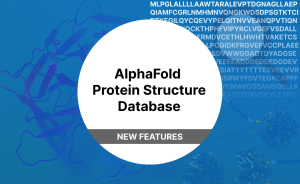
In response to user community demands, the AlphaFold Protein Structure database has introduced sequence-based search and cluster members.
2023
updates-from-data-resources

EMBL gathered together government, industry, and academic researchers to explore how to leverage the power of AI and machine learning to advance research.
CONNECTIONSLAB MATTERS2023
connectionslab-matters

EMBL stands as a leader, exemplifying how to harmoniously integrate AI in research and through its delivery of data services.
LAB MATTERSPEOPLE & PERSPECTIVES2023
lab-matterspeople-perspectives
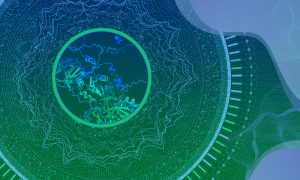
EMBL receives the German AI prize awarded for outstanding services to the research and development as well as application and commercialisation of artificial intelligence (AI) in life science research.
EMBL ANNOUNCEMENTS2023
embl-announcementsscience
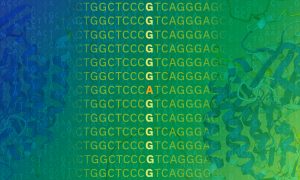
Ensembl Variant Effect Predictor integrates Google DeepMind’s new AlphaMissense Database for better predictions of genetic variant pathogenicity.
SCIENCE & TECHNOLOGY2023
science-technologytechnology-and-innovation
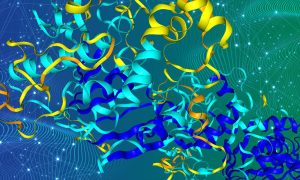
Researchers use the AlphaFold database and Foldseek Cluster algorithm to analyse millions of predicted protein structures and offer new insights into protein evolution.
SCIENCE & TECHNOLOGY2023
research-highlightssciencescience-technology
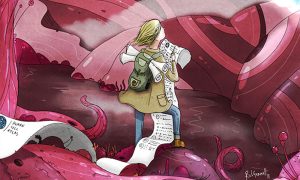
Experience in data management and coordination has enabled EMBL alumna Laura Clarke to pursue a career in AI development.
PEOPLE & PERSPECTIVES2023
people-perspectivesperspectivesscience

The AlphaFold Database boasts improved user experience, including better search filters and an improved 3D viewer.
2023
updates-from-data-resources
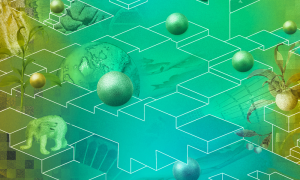
EMBL’s upcoming Science & Society conference takes a deep dive into the ethical considerations surrounding the use of technology and organoids in life science research.
EMBLetc2023
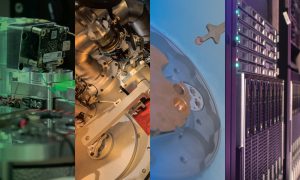
EMBL is one of the partners of this project that aims to accelerate drug discovery and development, bringing in expertise from EMBL Grenoble and EMBL-EBI.
LAB MATTERSSCIENCE & TECHNOLOGY2023
lab-mattersscience-technology
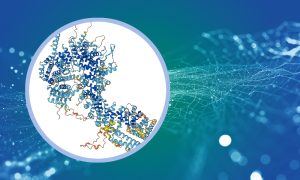
Open data played a pivotal role in the development of the AlphaFold AI. The same open principles now apply to AlphaFold predictions.
2023
perspectivesscience
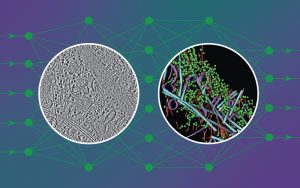
New artificial intelligence tool adds speed and detailed cellular information to analysis of cryo-electron tomography to aid researchers’ understanding of inner cell workings.
2023
science

Open Targets is using artificial intelligence and machine learning to identify and prioritise drug targets.
SCIENCE & TECHNOLOGY2023
sciencescience-technologytechnology-and-innovation
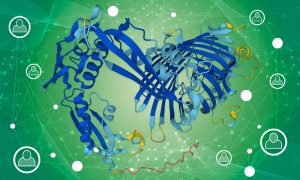
Researchers use social media to share findings on how useful AlphaFold predictions are for different applications.
2022
research-highlightsscience
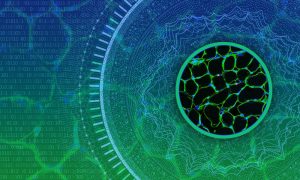
Researchers across EMBL are helping to make artificial intelligence (AI) models for bioimaging analysis interoperable and openly available to the scientific community.
2022
announcementsscience
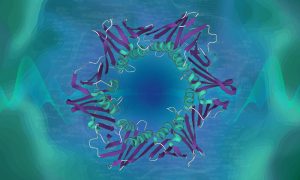
Over 40 million protein annotations have been added to the UniProt database using a Google Research natural language processing model.
2022
technology-and-innovation
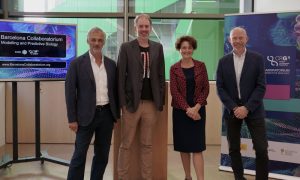
The institutes have launched a joint new initiative which aims to make biology as engineerable as an aeroplane or a bridge.
CONNECTIONSLAB MATTERS2022
connectionslab-matters

Ewan Birney, Deputy Director General of EMBL and Director of EMBL-EBI, reveals the key factors that enabled AlphaFold to change the world of biology.
PEOPLE & PERSPECTIVES2022
people-perspectivesperspectivesscience
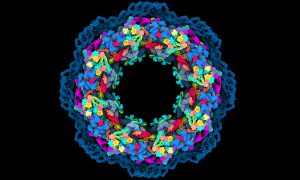
Scientists have solved several mysteries around the structure and function of a true molecular giant: the human nuclear pore complex. They created the most complete model of the complex thanks to combining the program AlphaFold2 with cryo-electron tomography, integrative modelling, molecular…
SCIENCE & TECHNOLOGY2022
sciencescience-technology
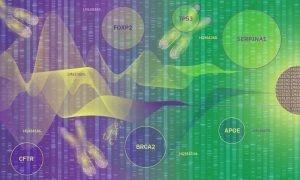
Researchers in the Ensembl team are making the most of machine learning methods to speed up genome annotation pipelines
SCIENCE & TECHNOLOGY2022
sciencescience-technologytechnology-and-innovation

How text mining collaborations benefit our research, data resources, and the wider scientific community.
SCIENCE & TECHNOLOGY2022
sciencescience-technologytechnology-and-innovation

2.4 billion protein sequences are now available in the latest MGnify release including new annotations provided by Google AI
2022
updates-from-data-resources
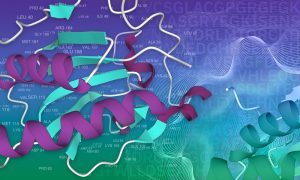
Deep learning models can improve protein annotations and has helped expand the Pfam database.
SCIENCE & TECHNOLOGY2022
perspectivessciencescience-technology
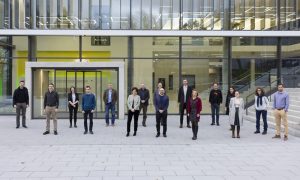
DeepMind visits EMBL Heidelberg to discuss current and future implications of Artificial Intelligence for life science research.
SCIENCE & TECHNOLOGY2022
sciencescience-technology
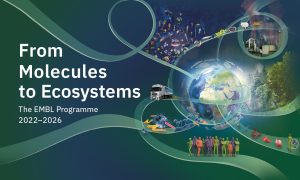
EMBL announces details about its next programme, ‘Molecules to Ecosystems’. It will guide studying life across scales and in context with changing environments.
EMBL ANNOUNCEMENTSLAB MATTERS2022
announcementsembl-announcementslab-matters
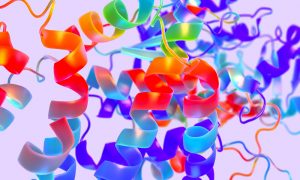
The systematic application of AI in life sciences as in the AlphaFold algorithm for predicting protein structures has been named '2021 Breakthrough of the Year' by Science magazine.
SCIENCE & TECHNOLOGY2021
sciencescience-technology
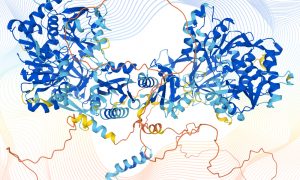
Partners use AlphaFold, the AI system recognised last year as a solution to the protein structure prediction problem, to release more than 350,000 protein structure predictions including the entire human proteome to the scientific community.
SCIENCE & TECHNOLOGY2021
sciencescience-technology
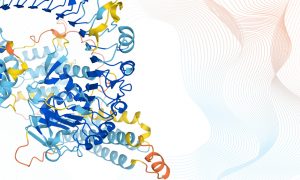
DeepMind and EMBL-EBI to make millions of protein structure predictions freely available to the scientific community.
SCIENCE & TECHNOLOGY2021
sciencescience-technology
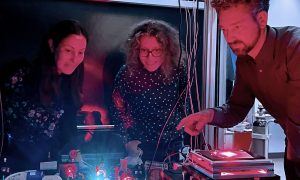
EMBL group leaders Julia Mahamid, Anna Kreshuk & Jonas Ries awarded Chan Zuckerberg Initiative grant to advance what we see inside cells.
LAB MATTERSPEOPLE & PERSPECTIVES2021
lab-matterspeople-perspectives
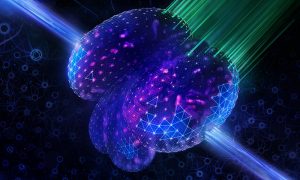
EMBL scientists have combined artificial intelligence (AI) algorithms with two cutting-edge microscopy techniques.
SCIENCE & TECHNOLOGY2021
sciencescience-technology
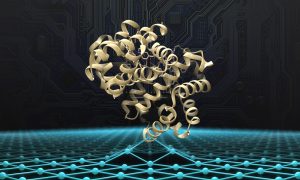
How artificial intelligence can help us solve the mysteries of the protein universe
SCIENCE & TECHNOLOGY2020
sciencescience-technology
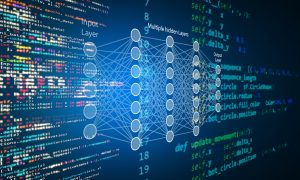
Why should researchers make artificial intelligence more transparent and how can they do it?
LAB MATTERSSCIENCE & TECHNOLOGY2020
lab-mattersscience-technology
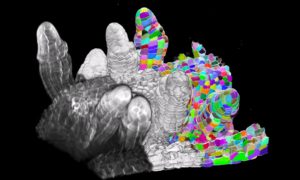
Starting with computer code and moving on to a more user-friendly graphical interface called PlantSeg, the Kreshuk Group at EMBL and collaborators built a simple open-access method to provide the most accurate and versatile analysis of plant tissue development to date.
SCIENCE & TECHNOLOGY2020
sciencescience-technology
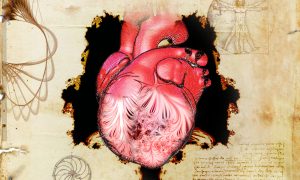
An international team of scientists involving Ewan Birney's group has investigated the function of a complex mesh of muscle fibres that line the inner surface of the heart.
SCIENCE & TECHNOLOGY2020
sciencescience-technology
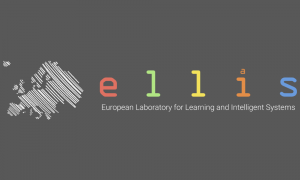
Researchers from all life science disciplines – from fundamental biological research to medical applications – generate immense datasets. Analysing these datasets and gaining new knowledge from them is a growing challenge for scientists. The fields of artificial intelligence (AI) and machine…
LAB MATTERSSCIENCE & TECHNOLOGY2020
lab-mattersscience-technology
No results found